Wildlife Watch
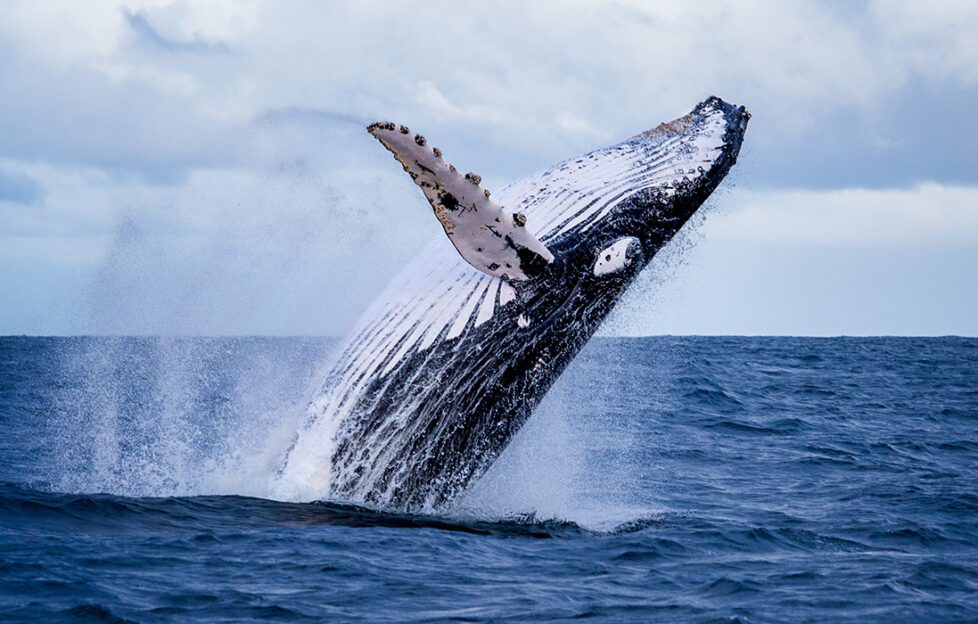
Celebrating the UK’s “magical and mysterious” wildlife…
“Magical and mysterious”, that is what The Wildlife Trusts calls the UK’s shoreline and marine life, as it launches its annual event to celebrate the seas: National Marine Week.
Daniella Theis speaks with Daniele Clifford, Marine Conservation Officer for the Trusts on the importance of the event, which is running until August 6.
For generations there has been recognition that seas help give life. They provide – its marine life feeding us; its ebbs and flows regulate the climate. They enrich – its shores offering the possibility of creating industries like fishing and scenic holiday destinations.
When it comes to the UK in particular, its proximity to water is something that sets it apart from many other European states. The country is only one of five island countries on the continent. The Wildlife Trusts says that, as an island nation, the UK has 17,800 km of windswept coastlines that are never more than 80 miles from any location, and is home to over 330 species of fish, 28 cetaceans, seagrasses, seaweeds and living reefs.
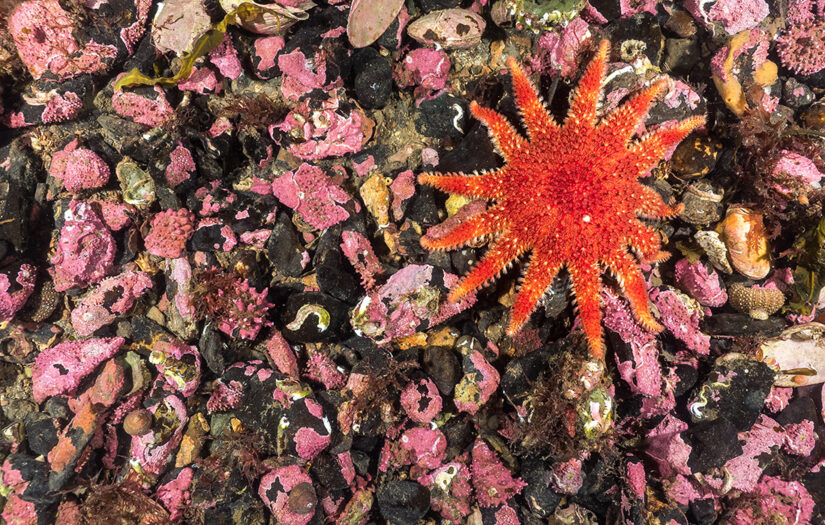
Common sunstar Image: Dan Bold, www.underwaterpics.co.uk
Yet, despite this recognised and strong link to the ocean, not everybody is aware quite how diverse the country’s marine life really is.
“I think people think you have to go on a tropical holiday to see amazing marine life,” Daniele Clifford, Marine Conservation Officer for the Trust, says. “But actually, if you just go off the shores of the UK, you can see some magical marine life.
“We’ve got cold water corals, rocky reefs, we’ve got sandbanks that are full of life. We’ve got mud, which is really full of life and really important. All these marine habitats attract lots of amazing wildlife as well.
We get whales, dolphins, sharks, rays, huge numbers of fish – just a huge diversity.
People don’t think that you can see huge whales off our coasts, but actually, if you’re lucky, you might spot some.
“We’re starting to see an increase in humpback whales around our coasts, for example. Particularly in the south west, we’ve seen more of them over the recent years.
“The UK is also a hotspot for sea birds, many of which come to our shores to breed every year. One of my personal favourites is the Northern Gannet, who are these amazing sea birds, which have six-foot wingspans.
“So, that’s part of our work; just trying to raise awareness of the importance and diversity of our seas.”
National Marine Week Celebration (July 22-Aug 6)
National Marine Week, running now until August 6, is part of the Trust’s work in this regard. The celebration, despite the name, lasts a fortnight, with each local Trust putting on its own series of events to encourage more people to learn about their local marine life and environment.
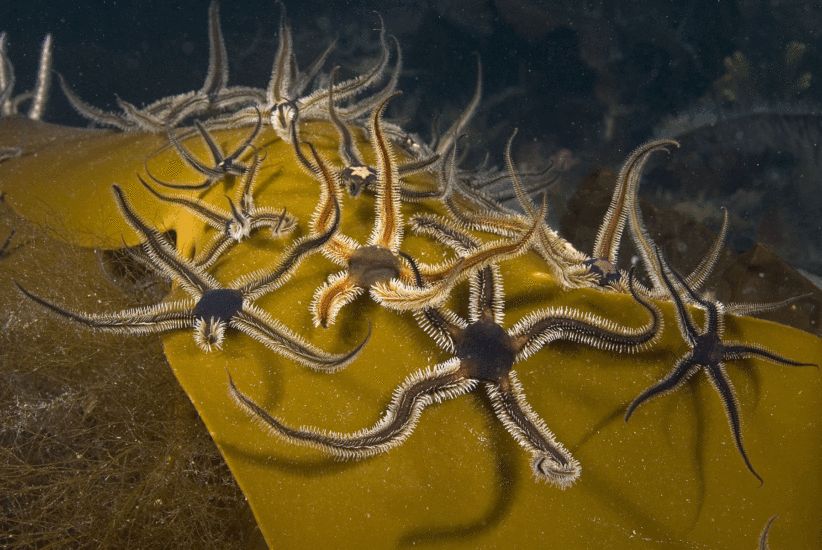
Black brittle stars Pic: Paul Naylor
From beach cleans across the country, to snorkel safaris in Devon, whale and dolphin watching in Dorset, geology walking tours in Essex, wildlife cruises in Yorkshire, guided walks exploring beavers’ habitats in Cornwall, and more, there are plenty of events to choose from.
“It’s an opportunity to encourage people to join us at a seaside event, or engage with our online resources to find out about the marine life in our seas,” Daniele says.
Yet, the marine conservation officer adds, it is also about protecting this treasured resource from the challenges it faces and educating the public about what actions people can take to protect it.
“Everyone can become a marine conservationist,” Daniele claims.
“We know that disturbance of wildlife is a huge issue around our coasts. One of our aims is to educate people about how they can enjoy these areas and reduce disturbance to things, by giving wildlife space and keeping dogs on a leash.
“Unfortunately, sometimes people get too close to where seals are breeding, for example. That can cause disturbance, which can be a real issue because it essentially makes them stampede into the sea, and they can crush their pups.
“So, we completely encourage people going to the beach and to our coast. We know that it’s great for mental health if we’ve got healthy blue environments, and that that gives people a boost in both their mental and physical health.
“But it’s important that we remember these areas hold important wildlife as well.”
According to the Trusts, the marine environment is “under huge pressure” from damaging fishing practices, development at sea, and pollution from farming, sewage and plastic.
Out of our 10 most valuable fish species, seven are currently overfished and many people only eat a very limited number of fish.
“So, we encourage people to eat a more diverse diet and try and find more sustainable fish species,” Daniele explains.
“It’s about showing little actions like that that people can take, like finding out more about what we do, or even if people just do a litter pick around their local area. That can really make a difference.”
Closer To Nature
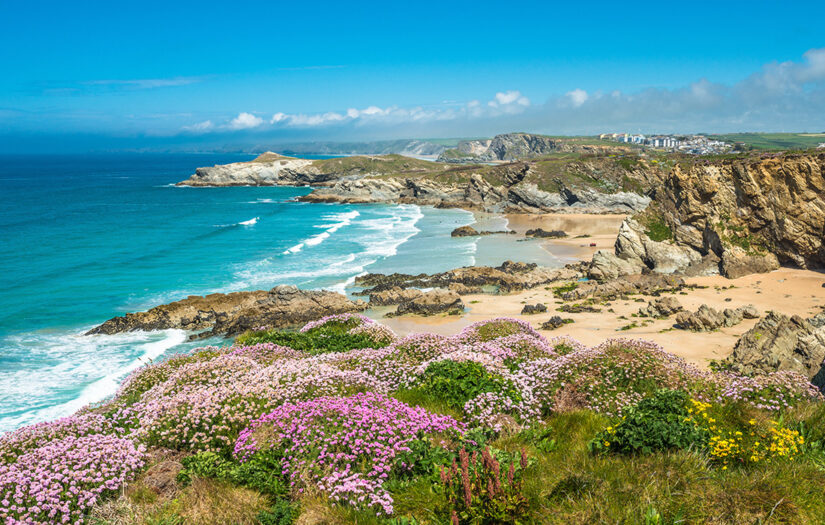
Stunning coastal scenery at Newquay beach in North Cornwall Pic: Shutterstock
Not only is the annual seaside celebration there to bring people closer to nature and to educate, but the Trusts also hopes it inspires more people to take action when it comes to campaigning for policies.
Thanks to the campaigning of The Wildlife Trusts and over 17,000 supporters, England’s first three “Highly Protected Marine Areas” (HPMAs) were announced by the UK Government in February this year in Allonby Bay, off Cumbria’s coast; Dolphin Head, in the English Channel; and North-East of Farnes Deep, in the northern North Sea.
“Unlike the existing or the other marine protected areas that we have, they protect everything within their boundaries,” Daniele explains. “They’re basically the gold standard when it comes to protection and the fact we got more than 17,000 signatures really helped drive that designation.
“It’s something that we’ve been campaigning for for several years, so we’re celebrating the first three HPMAs that have just been designated.
“These are a great first step, but they only cover 0.4% of English seas. If we really want to reverse decades of decline, we’re going to need more of these areas, and I’d love to see more designated in future.”
Aside from raising awareness and campaigning, one particular focus of this year’s campaign is to urge more young people to protect seas and shores.
Some young marine conservationists already working and volunteering with The Wildlife Trusts, will be taking over the charity’s social media channels to showcase their local marine wildlife and those projects working to protect it.
However, Daniele adds, the events are for everyone. “National Marine Week is open to all. Anybody can come along, no matter what their age.
“There are amazing ways to get involved all year-round, too. A lot of the local wildlife trusts do some citizen science projects, where people can go out and help us record the wildlife that’s found in our seas and coasts.
“We love when people get involved.”
Take Part
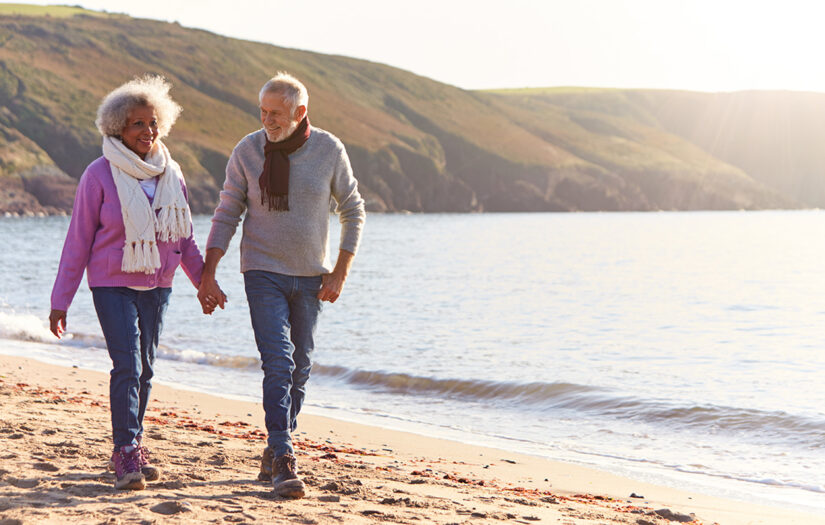
Pic: Shutterstock
A full list of events and volunteering activities is available on The Wildlife Trusts’ website. To find out more, visit wildlifetrusts.org/national-marine-week.







